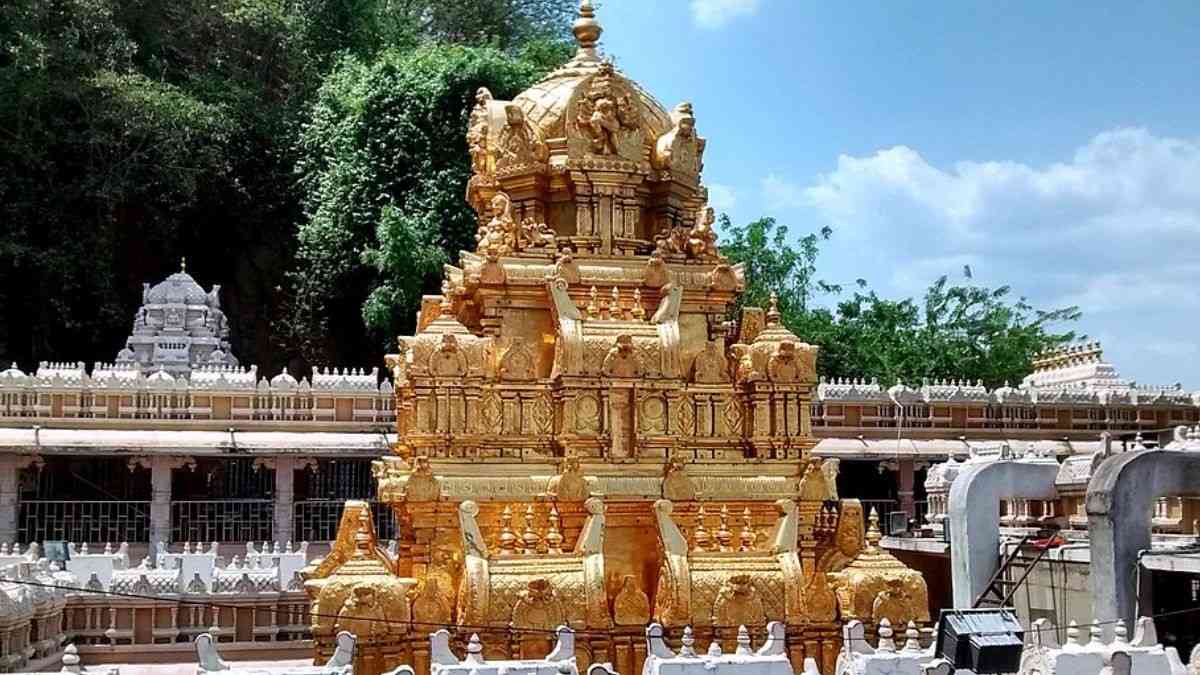Deogarh village in Uttar Pradesh almost straddles the Betwa river nearby. During heavy monsoon season, this place becomes lively with greenery all around and the water level of the Betwa River increases. This in turn makes its streams gush with water and most of it leads to secluded spots in Deogarh. One of them is a temple that has stood tall since the 6th century CE, the Dashavatara Temple, which is seeped in history, tales and heritage! Read all about the fascinating things about this temple.
Dashavatara Temple In Deogarh Is A Gupta-Era Shrine
Mostly in ruins today, The Dashavatara Temple is one the earliest known temples in North India (Deogarh Village, UP) and is dedicated to Lord Vishnu. It is believed to have been built during the Gupta period, and depicts the ten incarnations of Lord Vishnu. pic.twitter.com/pvX3n1I9vF
— trial&error (@trialNerrorNgo) September 8, 2022
The Dashavatara Temple located in Deogarh is a temple dedicated to Lord Vishnu. It dates back to the 6th century CE and is quite small in comparison to most temples. This is said to be one of the earliest temples surviving from the Gupta period in North India.
It is still intact in the same manner it was built ages ago because it didn’t go under reconstruction during restoration periods. Many say this was due to the location set amidst lush greenery. Here, there is a central shrine with intricately engraved statues showcasing Hindu deities. The central shrine is surrounded by four more shrines.
This emphasises that Dashavatara Temple was a stunning Panchayatana-styled temple. Luckily, you can still witness and touch this old and small when visiting Deogarh.
Also Read: More Than 1200 Years Old, Gujarat’s Ambaji Temple Now Houses 51 Shakti Peethas At One Place, Nearby
The Detailed Sculptures You Can Spot Here
“शेषशायी “
Exquisite details of Anantsayi Bhagwan Vishnu at Dashavatara Temple, Deogarh(Lalitpur), dated, 4th century CE is an excellent example of Gupta era.
In this unique and large sculpture of Sheshashayi Shri Vishnu, Bhagwan Vishnu is depicted reclining on the Sheshanaga, pic.twitter.com/NiY4q5JakO
— Vivek Sharma 🇮🇳 (@SaffRonicMan) December 6, 2021
Deogarh’s Dashavatara Temple from the Gupta era has intricately sculpted panels right around the central shrine. The divine sculpture of Anantasayi Vishnu where Lord Vishnu is seen reclining on the coils of Sheshnaga, a celestial snake. Above, there is a portrayal of Brahma with Shiva, Parvati, Indra, and Kartikeya around him. There is also an emerging lotus from the navel of Vishnu that touches Brahma. Lastly, Goddess Lakshmi is sitting at Vishnu’s feet.
1940s :: Gajendra Moksha Panel , 5th Century A.D , Dashavatara Temple , Deogarh ( U.P)
Lord Vishnu On Garuda Rescuing Elephant Gajendra pic.twitter.com/JDTOKIYY8i
— indianhistorypics (@IndiaHistorypic) October 5, 2018
Moving on to another panel, a depiction of Naranarayana is spotted. It is the duo of sage brothers considered to be a partial incarnation of Vishnu on the earth. The last panel showcases a recreation of the popular Gajendra Moksham tale where Vishnu came down to the earth to rescue Gajendra, the elephant.
Also Read: 5th-Century Hindu Temple In Laos, Vat Phou, Is Being Restored By ASI; What’s So Unique About It?
Isn’t it fascinating that a temple built in the 6th century CE still has its charm?
Cover Image Courtesy: X/trialNerrorNgo
For more such snackable content, interesting discoveries and the latest updates on food, travel and experiences in your city, download the Curly Tales App. Download HERE.



